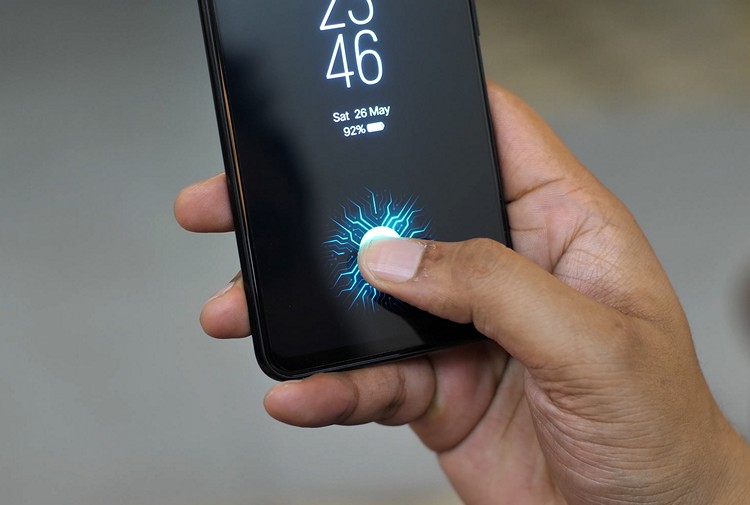It has become a trend for almost all mobile manufacturers to introduce a new tech annually. After years of testing phases and prototypes, In-Display Fingerprint Sensors are Here and we can say that they work. The Vivo X21 marks the first time this technology has been sold, as well as the first time it’s been a standard feature.
In-display fingerprint scanners allow for smartphones with thin bezels and high screen-to-body ratios by integrating bio-metric authentication into the display. Scanner on the back of the phone has been used so far as companies like Samsung, Google, and LG.
Phone back scanners are good but when compared to onscreen scanners they will fade out in history. Vivo isn’t the only company selling phones with this technology, Xiaomi and Huawei both have recently announced high-end versions of their latest phones that use similar scanners.
Vivo is, however, pushing it a lot more than anyone else. The prototype launched this year eventually got released in China as the X20 UD, a special edition version of the company’s last flagship phone. Just like the iPhone X, Vivo capitalized on the opportunity to be crowned the in screen scanner pioneer.
The X21’s design would have been shocking a year ago, but things are very different in this post-iPhone X world. Like most other Android flagships this year, the X21 has a notched display with a tall aspect ratio and a slight chin bezel at the bottom.
The screen dimensions are also very similar to the OnePlus 6. (OnePlus is said to be distantly related to Vivo and Oppo through a complex web of investors and supply chain leasing, though the companies deny any crossover in design or engineering.)
On Screen OLED
The screen isn’t the only thing the Vivo X21 has in common with the OnePlus 6. The two also share the presence of a glass back and lack of wireless charging, along with some pleasingly click buttons. In terms of specs, though, the phones are totally different.
The X21 uses a midrange Snapdragon 660 processor, lower-end cameras, and Micro USB charging. And of course, the OnePlus 6 — along with almost every other 2018 Android phone — has a fingerprint sensor on the back.
The X21, by contrast, has no visible fingerprint sensor at all, at least until you pick it up. The in-display scanning technology only works with OLED screens — it has to be able to light up your finger, and an LCD’s backlight would get in the way.
When you pick up the phone, it automatically lights up a stylized fingerprint icon over the sensor area. And if you wake it by pressing the sleep button, that same icon will be brighter than the rest of the screen. Once your finger is registered, you unlock the phone the same way, just hold your thumb down and wait.
You can’t unlock the phone just by tapping the icon as if it were a button. Instead, you’ll have to wait half a second or so as a techy animation spreads across the screen.


this is very informative blog for VIVO X21 i don’t even know about that facts thank you for this informative knowledge keep posting this type blog thank you also vist our website for.